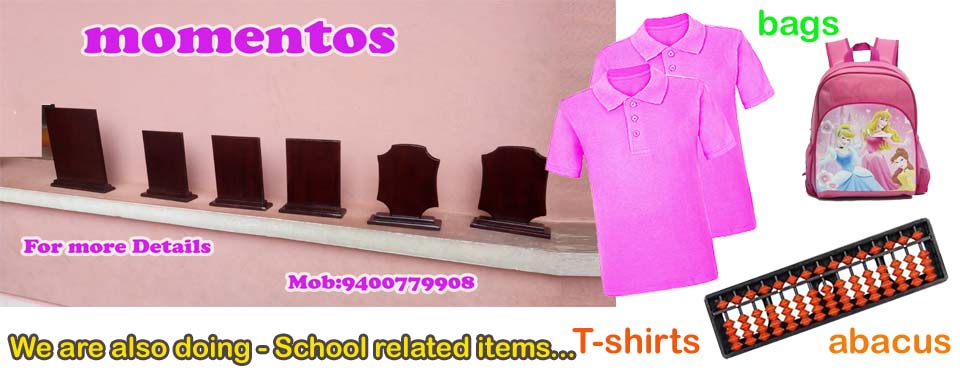
With a vision to make a difference nationally by creating and distributing world class programmes which significantly impact the mental potential of children, Master Academy runs the Master Abacus & Brain Gym and Junior abacus & Brain Gym programmes. Master Academy is managed by a team of professionals and is a registered (Reg.No:04846/2010) organization.
What is Abacus?The abacus, also called a counting frame, is a calculating tool that was in use in Europe, China and Russia, centuries before the adoption of the written Hindu-Arabic numeral system and is still used by merchants, traders and clerks in some parts of Eastern Europe, Russia, China and Africa. The exact origin of the abacus is still unknown. Today, abaci are often constructed as a bamboo frame with beads sliding on wires, but originally they were beans or stones moved in grooves in sand or on tablets of wood, stone, or metal.
In IndiaThere is no clear evidence for use of the abacus in India. The decimal number system invented in India replaced the abacus in Western Europe. A Sanskrit work on Buddhist philosophy, says that the second-century CE philosopher Vasumitra said that "placing a wick on the number one means it is a one, while placing the wick on the number hundred means it is called a hundred, and on the number one thousand means it is called a thousand". It is unclear exactly what this arrangement may have been. Around the 5th century, Indian clerks were already finding new ways of recording the contents of the Abacus.Hindu texts used the term suriya (zero) to indicate the empty column on the abacus.
School abacusAround the world, abaci have been used in pre-schools and elementary schools as an aid in teaching the numeral system and arithmetic.
In Western countries, a bead frame similar to the Russian abacus but with straight wires and a vertical frame has been common (see image). It is still often seen as a plastic or wooden toy.
The wire frame may be used either with positional notation like other abaci (thus the 10-wire version may represent numbers up to 9,999,999,999), or each bead may represent one unit (so that e.g. 74 can be represented by shifting all beads on 7 wires and 4 beads on the 8th wire, so numbers up to 100 may be represented).
In the bead frame shown, the gap between the 5th and 6th wire, corresponding to the color change between the 5th and the 6th bead on each wire, suggests the latter use.
The red-and-white abacus is used in contemporary primary schools for a wide range of number-related lessons. The twenty bead version, referred to by its Dutch name rekenrek ("calculating frame"), is often used, sometimes on a string of beads, sometimes on a rigid framework.


